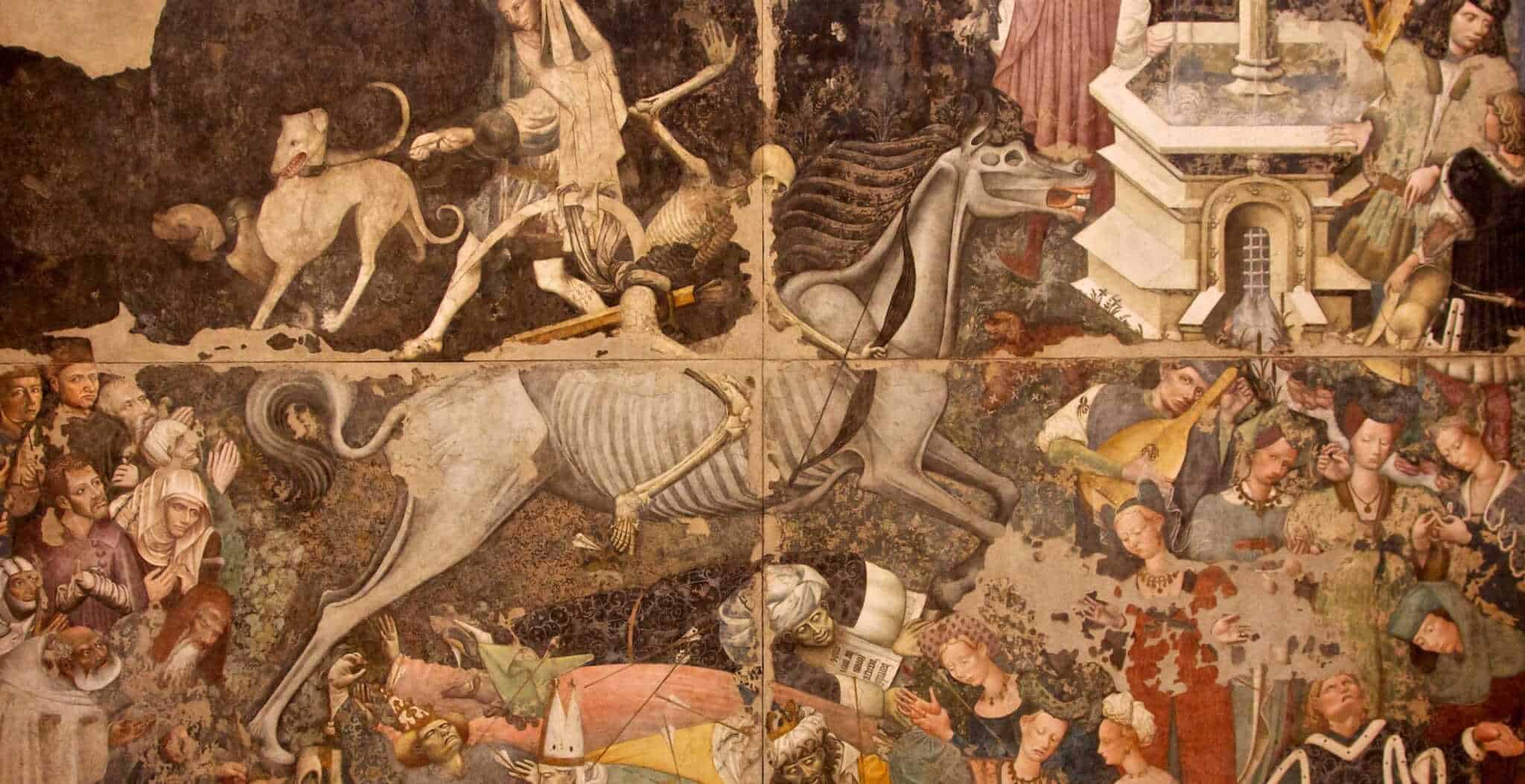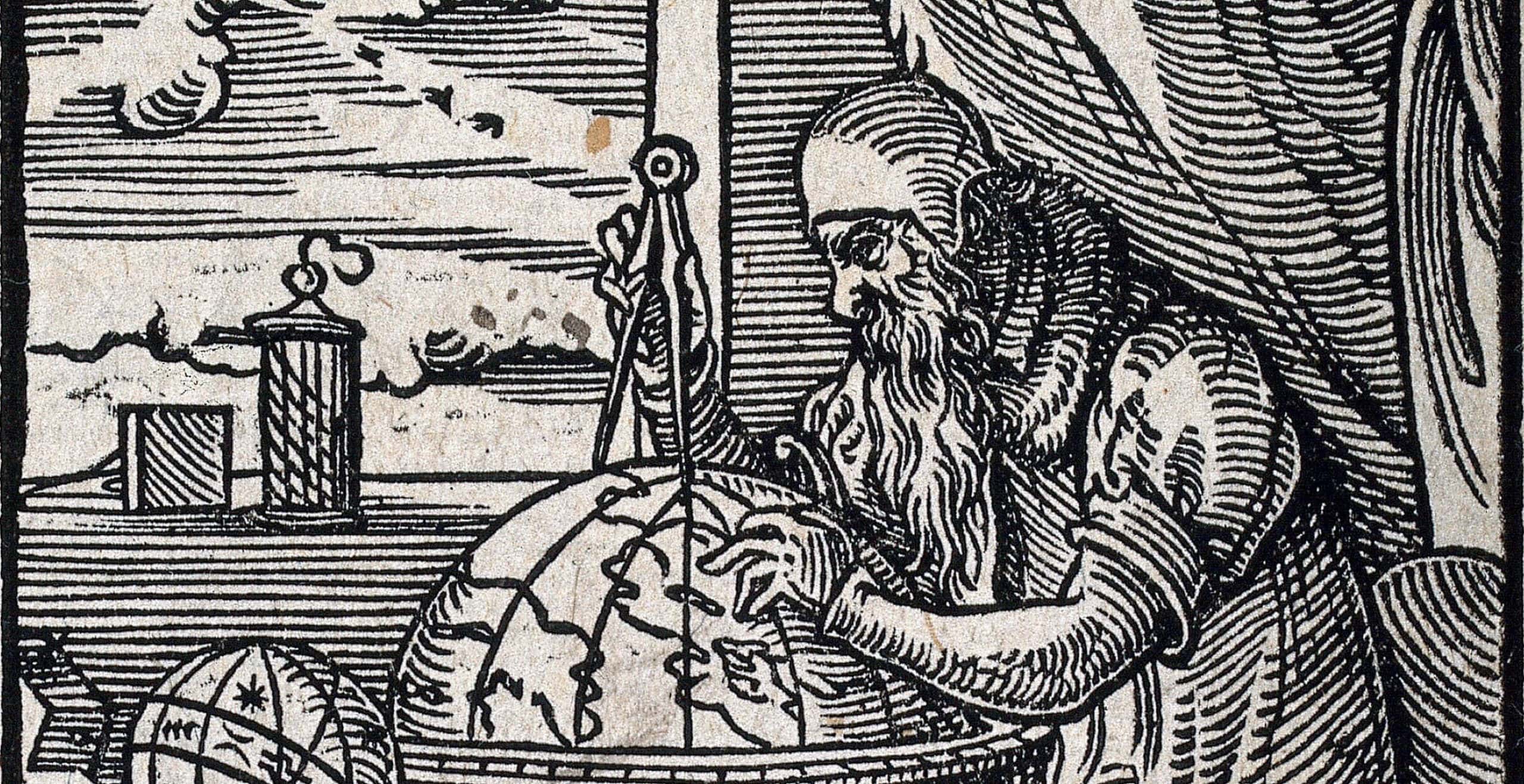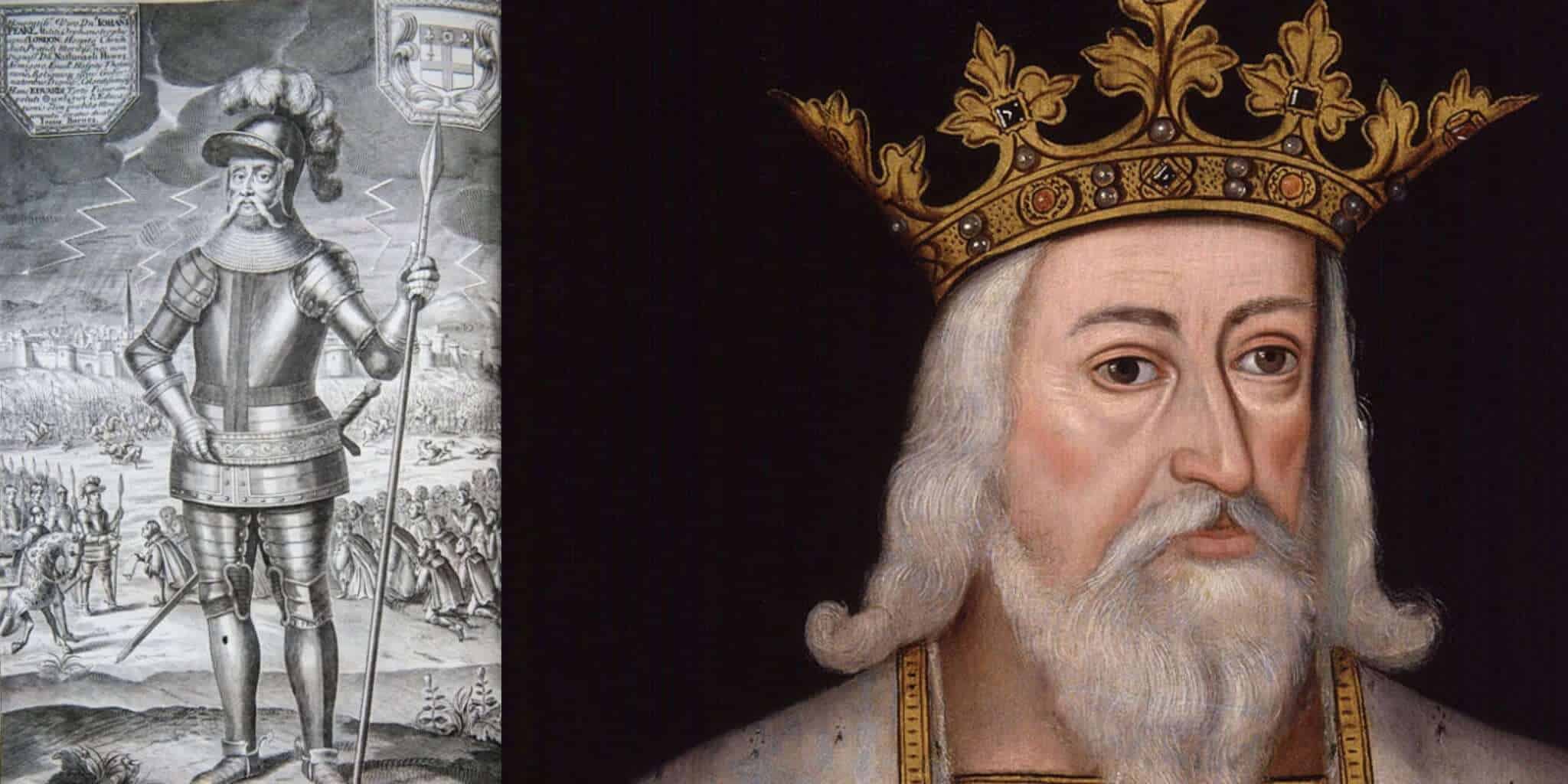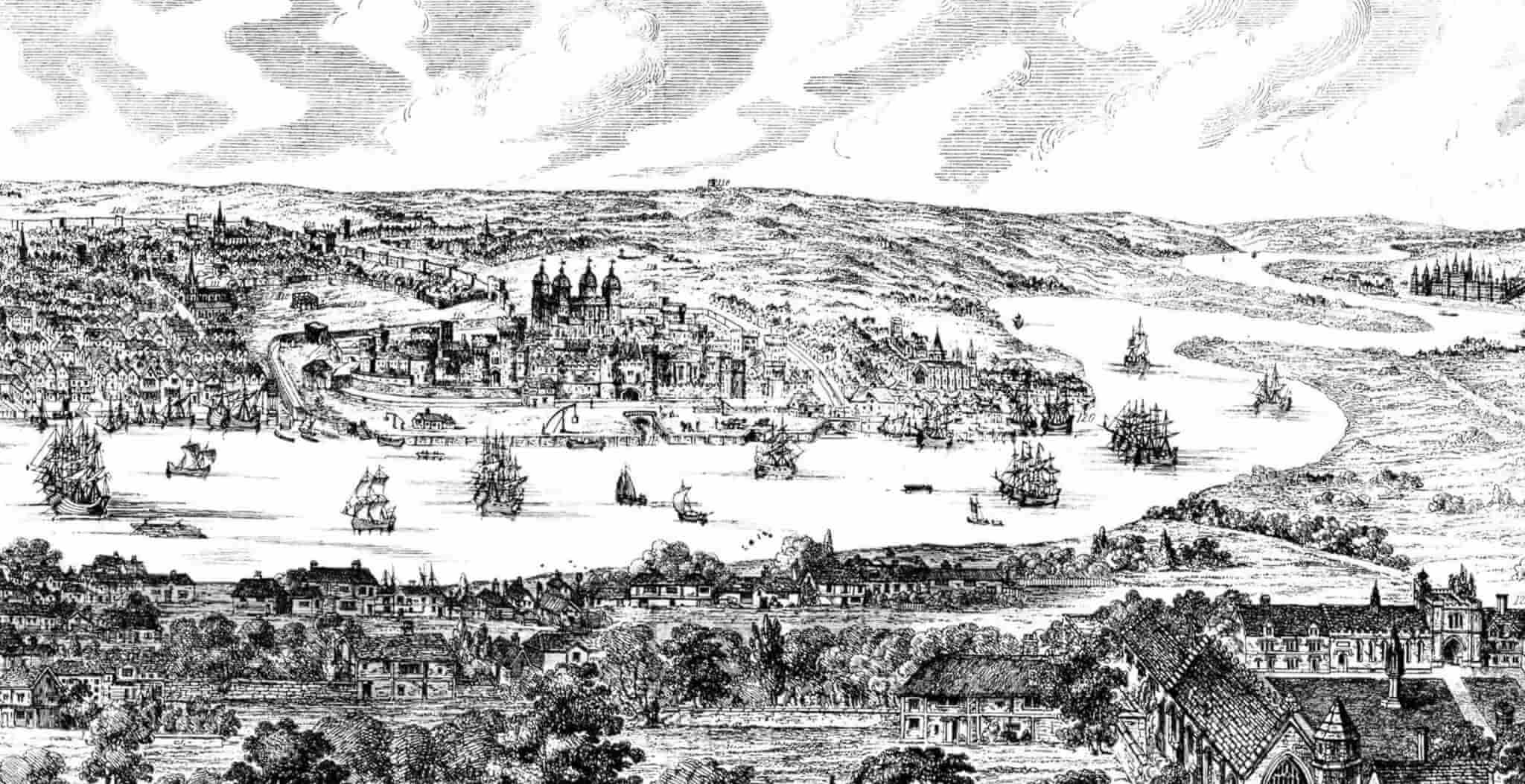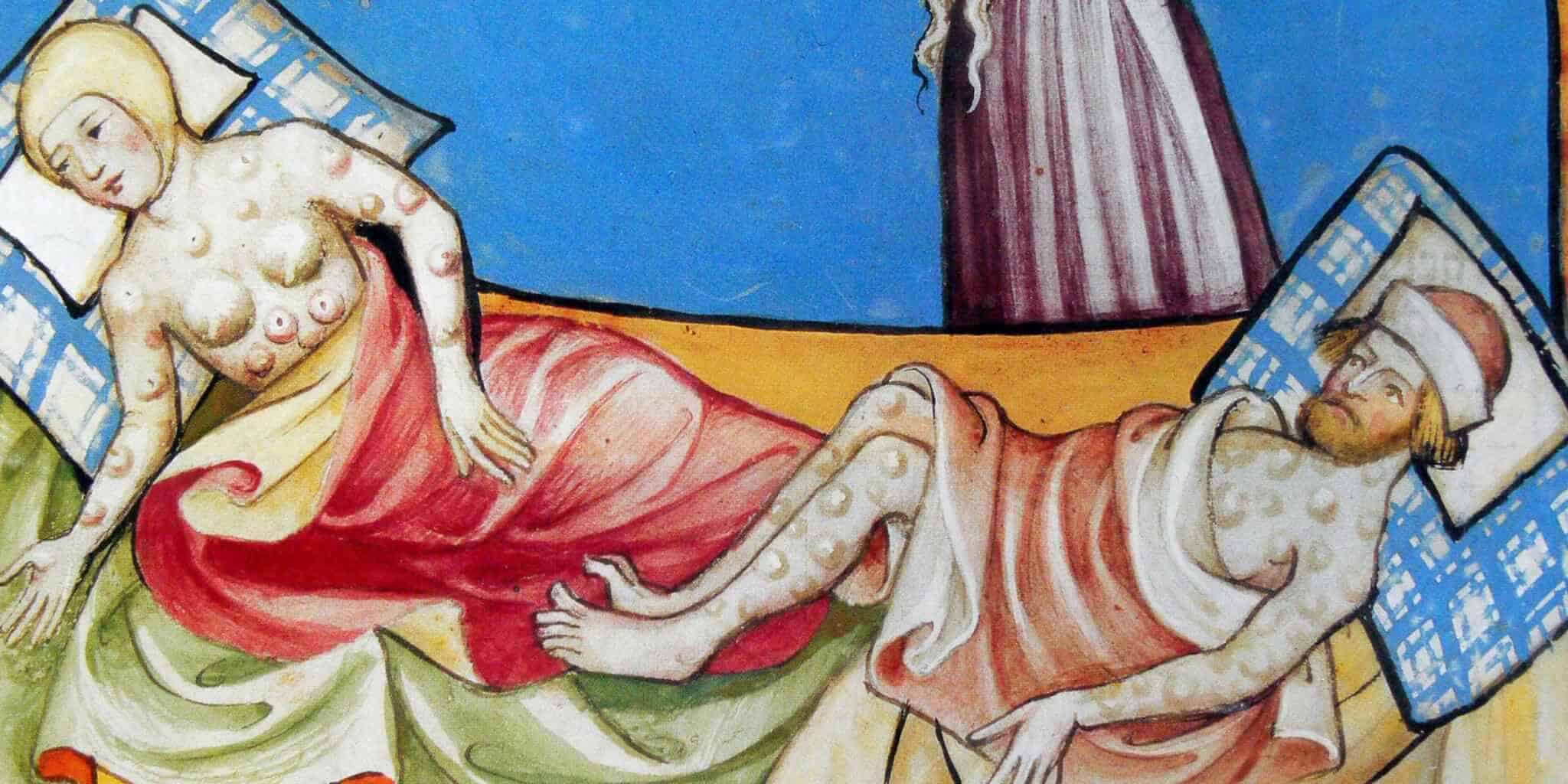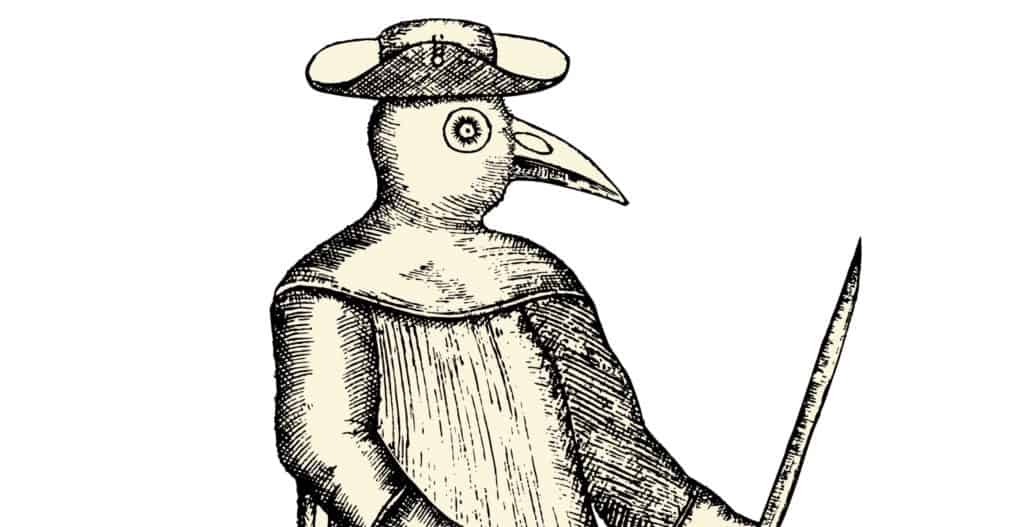During the winter and spring of 2013/2014, Britain suffered a prolonged period of destructive winter storms, resulting in widespread flooding and damage. However this was not the first time that the country had been devastated by heavy periods of rain and bad weather.
It rained almost constantly throughout the summer and autumn of 1314 and then through most of 1315 and 1316. Crops rotted in the ground, harvests failed and livestock drowned or starved. Food stocks depleted and the price of food soared. The result was the Great Famine, which over the next few years is thought to have claimed over 5% of the British population. It was the same or even worse in mainland Europe.
The shortage of crops pushed up prices of everyday necessities such as vegetables, wheat, barley and oats. Bread was therefore also expensive and because the grain had to be dried before it could be used, of very poor quality. Salt, the only way at that time to cure and preserve meat, was difficult to obtain because it was much harder to extract through evaporation in wet weather; its price rose dramatically.
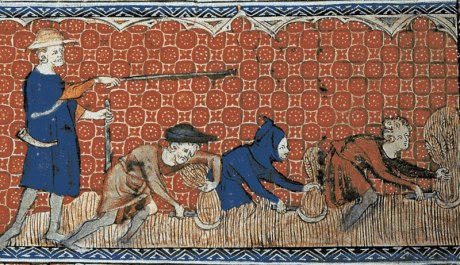
In the spring of 1315 Edward II decreed that the price of basic foodstuffs be limited. This did not however do much to mitigate the crisis: the traders simply refused to sell their goods at these low prices. In the end the act was abolished at the Lincoln parliament in 1316.
The situation got worse and worse as the rain continued to fall. It was reported that there was even no bread in St Albans for the king and his court when they stopped off there on 10th – 12th August 1315.
Things were particularly bad in the north of England and especially in Northumbria, where the people were already struggling due to looting by Scottish raiders. The population here resorted to eating dogs and horses.
Everyone was affected, from nobles to peasants. Things got so bad in the winter of 1315/1316 that the peasants ate the seed grain they had stored for planting in the spring.
By 1316 there were even rumours of cannibalism. In their misery and starvation, many people begged, stole and murdered for what little food they could find. Even law-abiding people resorted to criminality in order to feed themselves.
Parents who could no longer feed their families abandoned their children to fend for themselves. Indeed, the fairytale of Hansel and Gretel may have originated at this time. In the story, Hansel and Gretel have been abandoned in the woods by their parents during a time of famine. They are taken in by an old woman living in a cottage. The old woman starts to heat the oven, and the children realise she is planning to roast and eat them. Gretel manages to trick the old woman into opening the oven, and then pushes her in.
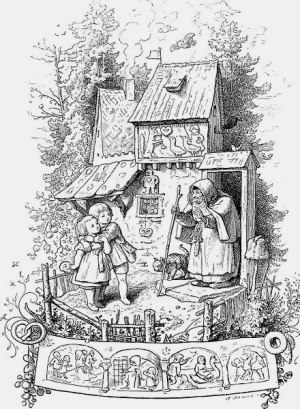
As the cold, wet weather continued, the famine reached its height in spring 1317. Finally in the summer of that year the weather patterns returned to normal, but it was 1322 before the food supply recovered completely.
So what caused year after year of severe winters and cold, rainy summers? The onset of the Great Famine coincided with the end of the Medieval Warm Period and the beginning of a Little Ice Age. The European climate was changing, with cooler and wetter summers and earlier autumn storms. These were far from ideal conditions for agriculture and with a large population to feed, it only took one failed harvest for things to get very bad very quickly.
Some historians think that this terrible weather may have been caused by a volcanic eruption, perhaps that of Mount Tarawera in New Zealand which is known to have erupted around 1314.
Unfortunately the Great Famine was only the first of a series of severe crises to hit Europe in the 14th century; the Black Death was just around the corner…
Published: 24th March 2015
